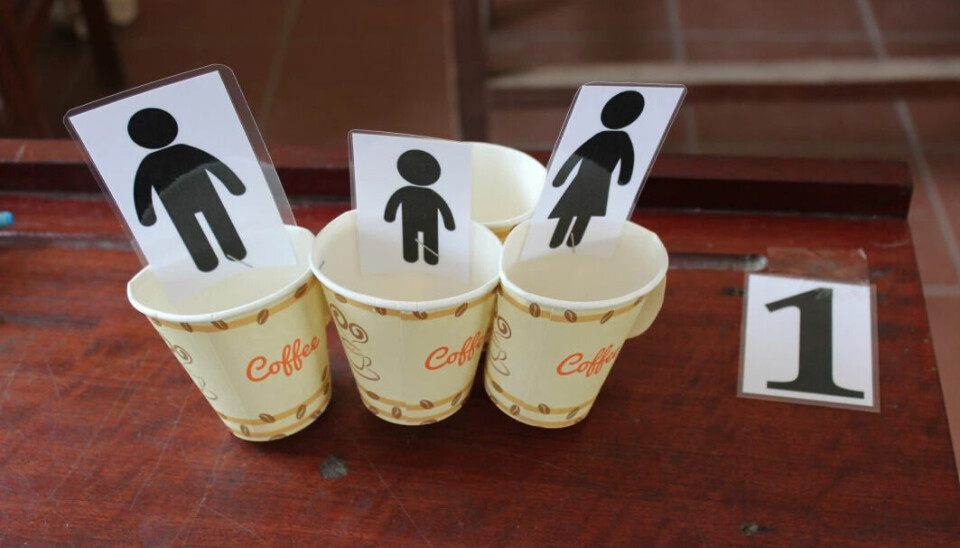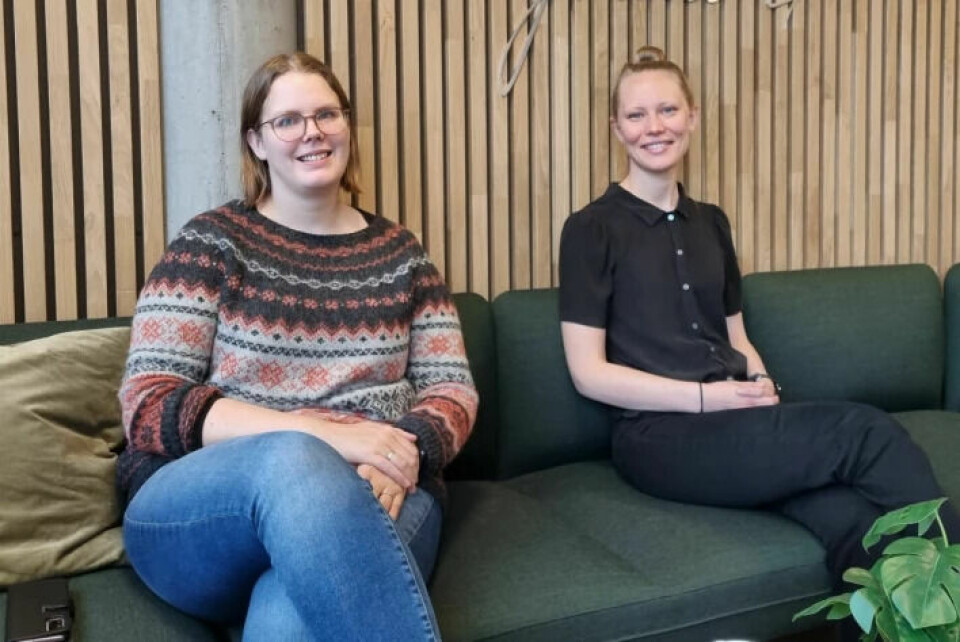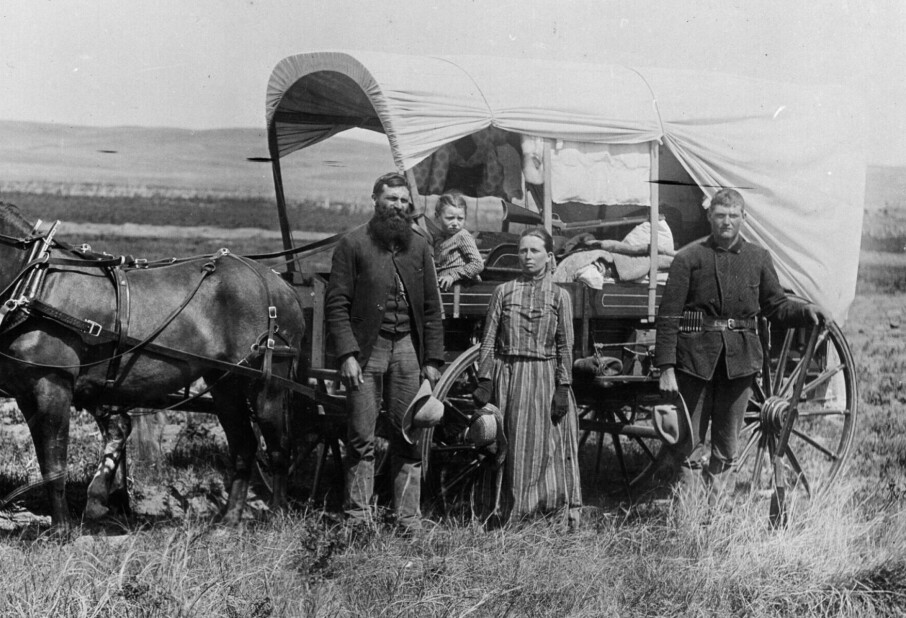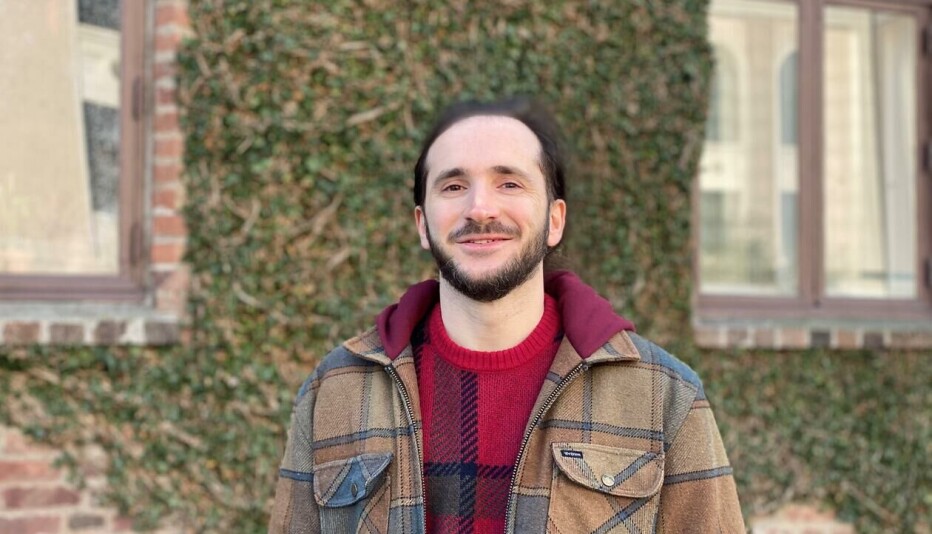
How do we know if people are poor enough to receive financial assistance?
The way we measure poverty today can contribute to people who actually need help not getting it.
Those who earn less than two dollars a day live in extreme poverty, according to the United Nations.
Those who live in extreme poverty are unable to cover very basic needs such as food, clothes, and shelter.
But how do researchers and aid workers actually figure out who falls into this bracket? And can they trust the numbers they get from the data they collect?
Researchers at the Chr. Michelsen Institute (CMI) in Bergen, the Norwegian School of Economics (NHH), and Stockholm University have now taken a closer look at this.
Are the measurements really good enough to reveal who needs assistance the most?
How much does each person earn?
When authorities and aid organisations measure poverty, they like to look at how much a person earns - that is, income per person.
“But this is not so easy to measure,” Charlotte Ringdal from CMI says.
Together with Ingvild Almås and Ingrid Hoem Sjursen, she has reviewed research on how we measure poverty in the world.
“We either have data on individual income or on the household's total income. But no matter what type of data we use, we do not take into account that there is a distribution of money within families,” Ringdal says.
The salary is often divided between the father, mother, children, and maybe even grandparents - who often live under the same roof.
“Depending on what data you have available, you often exaggerate or underestimate poverty measurements,” she says.
Some in the family may still be poor
For example, if one family member earns more than the others, the money is usually redistributed within the family.
A spouse may pass some of their earnings on to the other spouse, their parents or children, and this money goes towards food, schooling, clothing, or other things.
But what if this redistribution does not happen? Or what if it's very crooked?
Then there will be poor people within a family who may seem to have more than two dollars a day to live off, but who do not.
These people will not get the help they need, according to the researchers.
Previous research
Who really gets most of the money in a home?
“In developing countries, it's very common that we have a target goal for each household. And when considering the resources available to each person, you often assume that all the resources belong to everyone, that they are shared equally,” Sjursen explains.
But this is not how it is.
“There are a few studies that show that this assumption is very wrong. It is often, but not always, the case that men get a larger share. Children and older women get less,” says Sjursen.
“And this is a big problem because it is this household measurement – the total household income – that is often used to decide which households will receive a cash transfer.”
People who are actually poor, often women, live in households that are not defined as poor.
What is the best way?
What is the ideal way to measure poverty then?
“The ideal method would be to go to each individual household and ask exactly "How much money do you have?", "How many resources do you have? "," How much is your total income? "," Exactly how much have you spent on yourself? "," How much have you spent on the other(s)? "," How much do you spend on common goods?”," Ringdal explains.
“But this is very resource-intensive, and it is very difficult to know if people provide correct information,” she says.
It is therefore absolutely necessary to use the information countries themselves have collected about the total income in households, which often does not take into account that people in the family do not receive the same amount.
“Some of the studies we have looked at that consider that there is no equal distribution of resources within the household, show that people who are actually poor, often women, live in households that are not defined as poor. If income is used as a criterion for receiving support, these individuals would not receive what they are entitled to,” Sjursen says.

Important for politics
Desmond McNeill is a professor at the Centre for Development and the Environment at the University of Oslo. He agrees with Sjursen and Ringdal that measurement methods based on everyone sharing equally in the household can contribute to us underestimating inequality and poverty.
“Correct measurement methods are important for our understanding of poverty, but also for politics,” McNeill tells sciencenorway.no.
However, he believes that this is nothing new and that the development aid industry is already aware that there are often differences within the household.
The World Bank estimates that between 88 and 115 million people will be forced into extreme poverty as a result of the pandemic.
Money right in your pocket
One way in which to provide assistance is to give poor families a so-called cash transfer, which means giving money directly into the hands of the poor.
Cash transfers are often used to, amongst other things, improve the situation of women because they can then receive their own income and not be dependent on a man to buy things.
This form of assistance has now gained momentum following the Covid pandemic.
The World Bank estimates that between 88 and 115 million people will be forced into extreme poverty as a result of the pandemic.
“Cash transfers have become much more relevant in recent years,” McNeill confirms.
More and more developing countries have introduced cash transfers to the most vulnerable population after the pandemic. The Norwegian government is also focusing on increasing the use of cash transfers in Norwegian development aid.
May have negative consequences
However, there is not complete agreement that cash transfers are the best way to help.
"Cash transfer can create challenges precisely when it comes to inequalities within the household," says McNeill.
“Giving money directly to women, for example, is not unproblematic. It can even have negative consequences,” he says and refers to a report from The Norwegian Agency for Development Cooperation, Norad, in 2020.
According to the report, evaluations from Kenya and Syria show that women who received money were more exposed to gender-based violence and that they lost control over decision-making.
Read more about the Norad report here.
———
Translated by Alette Bjordal Gjellesvik.
Read the Norwegian version of this article on forskning.no
Reference:
Almås, Ringdal and Sjursen ‘Understanding Inequality Within Households’ Handbook of Labor, Human Resources and Population Economics, Springer, 2021. https://doi.org/10.1007/978-3-319-57365-6_222-1 Abstract.

































